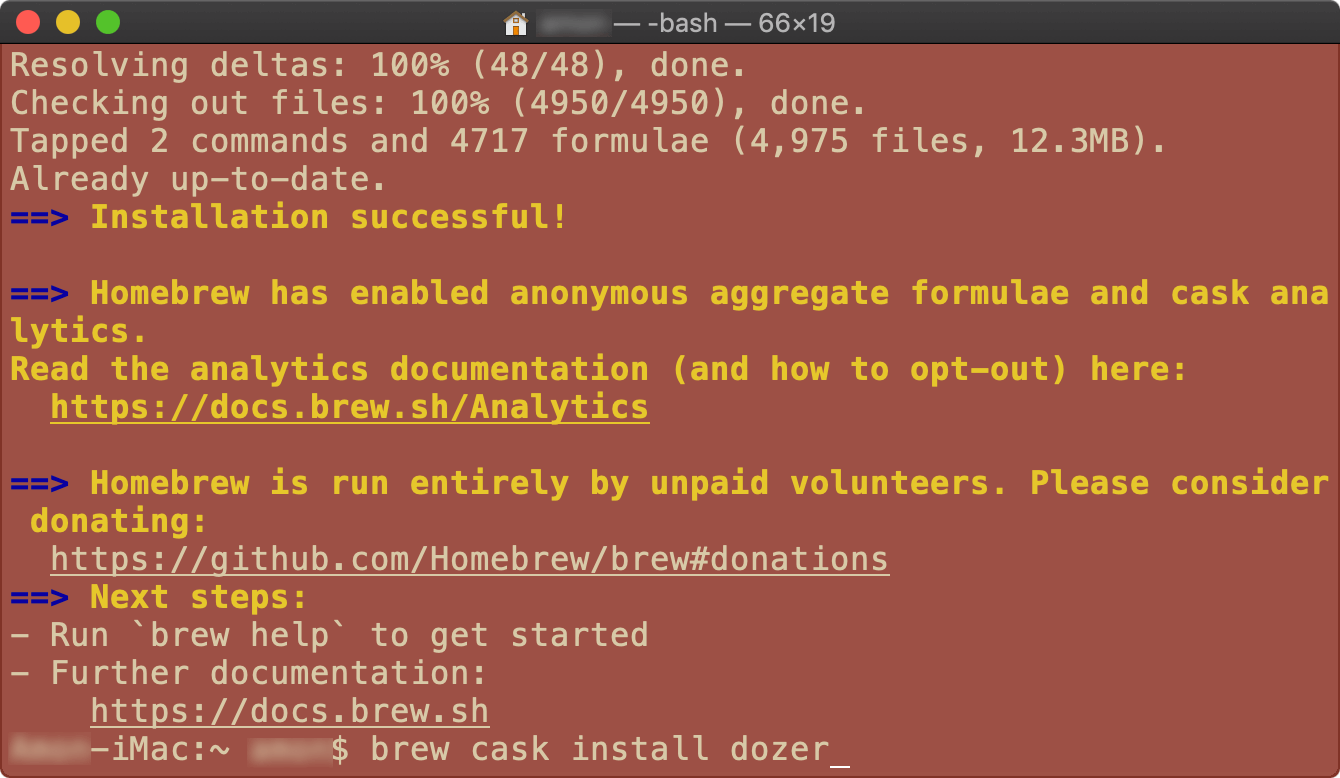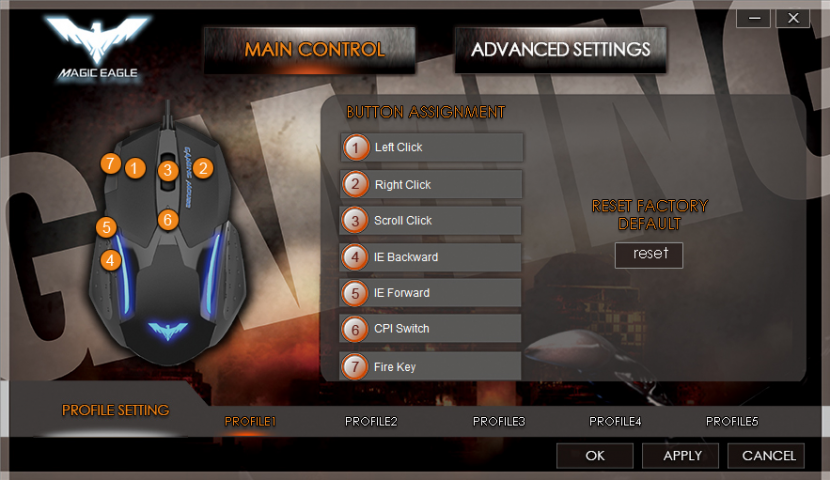
BREW CASK INSTALL STATUSFY INSTALL
Now, run below command to install Homebrew.

To uninstall an app with Homebrew Cask, run the following command: brew cask uninstall name. Homebrew Cask will automatically download it, extract the app, and install it to your Applications folder. command line tools are already installed, use Software Update to install updates. To install an app, run the following command. xcode-select install If it’s already installed you will get below message. First of all, open the Terminal and install Xcode.
BREW CASK INSTALL STATUSFY MAC OS X
If you do not yourself have admin privileges, consider asking your admin staff to create a linuxbrew role account for you with home directory set to /home/linuxbrew.įollow the Next steps instructions to add Homebrew to your PATH and to your bash shell profile script, either ~/.profile on Debian/Ubuntu or ~/.bash_profile on CentOS/Fedora/Red Hat. Steps to install Homebrew and Homebrew Cask on Mac OS X 1. The prefix /home/linuxbrew/.linuxbrew was chosen so that users without admin access can ask an admin to create a linuxbrew role account and still benefit from precompiled binaries. Using /home/linuxbrew/.linuxbrew allows the use of more binary packages (bottles) than installing in your personal home directory. I will add it to the next release of SpotMenu. Homebrew does not use sudo after installation. SpotMenu is a combination of TrayPlay and Statusfy written entirely almost. The installation script installs Homebrew to /home/linuxbrew/.linuxbrew using sudo if possible and within your home directory at ~/.linuxbrew otherwise. Instructions for a supported install of Homebrew on Linux are on the homepage. As long as all the needed fields are present, Homebrew Cask will figure out what needs to be done at install time. In a declarative language, the author does not need to worry about order.

Homebrew can install its own current versions of glibc and gcc for older distributions of Linux.įeatures, installation instructions and requirements are described below. Homebrew does not use any libraries provided by your host system, except glibc and gcc if they are new enough.

It can be installed in your home directory, in which case it does not use sudo. A modern status page for presenting critical service updates. Homebrew was formerly referred to as Linuxbrew when running on Linux or WSL. Please read CONTRIBUTING if you wish to add software and consider. The Homebrew package manager may be used on Linux and Windows Subsystem for Linux (WSL).


 0 kommentar(er)
0 kommentar(er)
